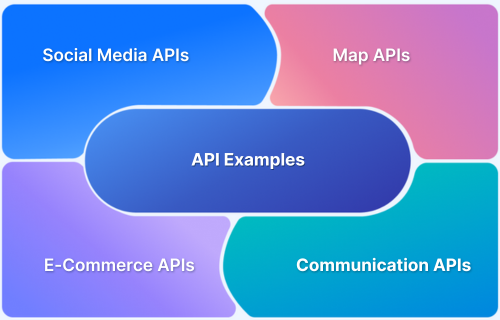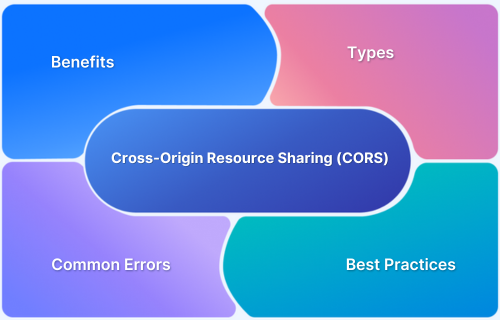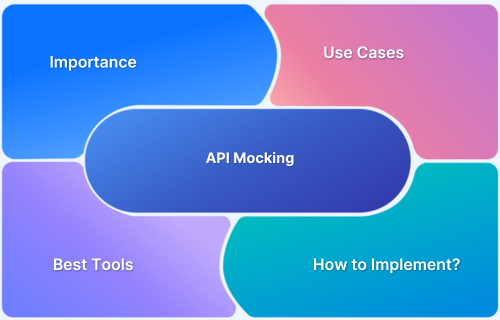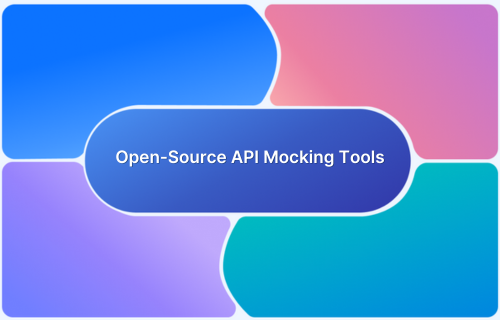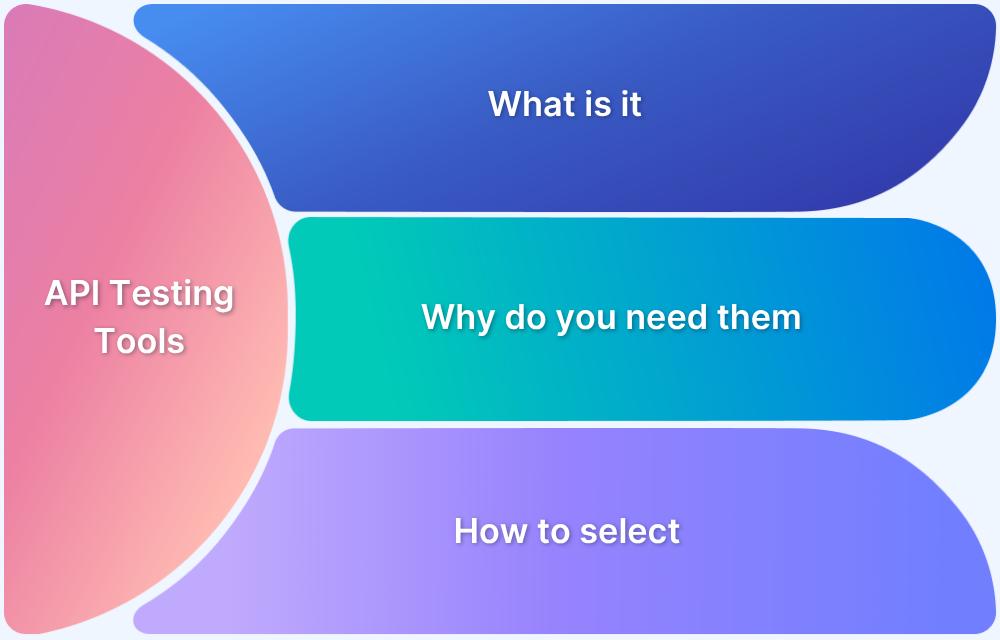GraphQL has transformed how developers design and consume APIs, offering flexibility, efficiency, and powerful query capabilities. When paired with Rust, a language known for its speed, safety, and concurrency, it becomes a powerhouse for building high-performance, type-safe APIs.
Overview
GraphQL in Rust combines the expressive power of GraphQL’s query language with Rust’s performance, safety, and concurrency model, enabling developers to build APIs that are both fast and type-safe.
Core Components of GraphQL in Rust
Server Frameworks:
- async-graphql: A fully spec-compliant, asynchronous GraphQL server framework that integrates seamlessly with popular Rust web frameworks such as Actix Web, Axum, and Warp.
- Juniper: A schema-first GraphQL framework emphasizing strong type safety and extensibility, suitable for applications requiring fine-grained control over schema definitions.
Client Libraries:
- graphql-client: Generates strongly typed Rust structures directly from GraphQL queries, ensuring compile-time validation and reducing runtime errors.
- Cynic: Enables developers to define GraphQL schemas in Rust and automatically generate type-safe queries from them.
- gql-client: A lightweight and minimalistic client library ideal for smaller projects or quick integrations.
Schema and Resolver Layer:
- Provides mechanisms to define GraphQL types, queries, and mutations using Rust’s macro system and trait implementations.
- Supports advanced features such as custom scalars, context management, and real-time subscriptions.
Integration and Tooling:
- Works effectively with modern Rust web frameworks including Actix Web, Axum, and Warp.
- Integrates with popular database libraries such as Diesel, SQLx, and SeaORM for data persistence and querying.
Testing and Introspection:
- Offers built-in tools for schema validation, introspection queries, and test harnesses to ensure API reliability and correctness.
This article explores how combining GraphQL’s flexibility with Rust’s performance and safety creates a powerful foundation for building modern, high-performance APIs—from setup and schema design to testing, optimization, and debugging.
GraphQL in Rust: Overview
GraphQL has become a modern standard for building APIs that provide flexible data access and efficient client-server communication. By allowing clients to define precisely what data they need, GraphQL eliminates over-fetching and under-fetching issues common in traditional REST APIs.
When implemented in Rust, developers gain additional benefits such as type safety, memory efficiency, and high performance, making it an ideal choice for building reliable and scalable GraphQL services.
Rust’s ecosystem offers a growing collection of frameworks and tools that simplify the development of GraphQL APIs. These libraries provide abstractions for defining schemas, resolvers, and query execution while maintaining Rust’s hallmark performance and compile-time guarantees.
As a result, Rust is increasingly being adopted in production environments where predictable performance, concurrency, and robust testing are essential.
Key Aspects of GraphQL in Rust
- Type Safety and Compile-Time Validation: Rust’s strong type system ensures schema consistency and catches errors during compilation. Frameworks like async-graphql and graphql-client enforce type safety across queries, mutations, and schema definitions.
- Asynchronous and Concurrent Execution: Built on Rust’s async ecosystem, GraphQL servers can handle high concurrency with minimal overhead. This makes Rust suitable for>
Building a GraphQL Server in Rust (Step-by-Step)
To implement this setup, follow these essential steps with the corresponding code snippets below.
1) Create the project and add required dependencies
Initialize a new project and include tokio, axum, and async-graphql (with the Axum integration).
cargo new rust_gql && cd rust_gql
Cargo.toml
[package]
name = “rust_gql”
version = “0.1.0”
edition = “2021”
[dependencies]
tokio = { version = “1”, features = [“rt-multi-thread”, “macros”] }
axum = “0.7”
async-graphql = “7”
async-graphql-axum = “7”
2) Implement a safe, minimal server in one file
Define types, resolvers, and the Axum server using thread-safe shared state (Arc<Mutex<…>>), avoiding any unsafe code.
src/main.rs
use axum::{routing::{get, post}, response::Html, Router};
use async_graphql::{Context, EmptySubscription, Object, Schema};
use async_graphql::http::GraphiQLSource;
use async_graphql_axum::{GraphQLRequest, GraphQLResponse};
use std::{net::SocketAddr, sync::{Arc, Mutex}};
#[derive(Clone)]
struct Todo { id: i32, title: String, done: bool }
#[derive(Default, Clone)]
struct Store { todos: Arc<Mutex<Vec<Todo>>> }
struct QueryRoot;
#[Object]
impl QueryRoot {
async fn health(&self) -> &str { “ok” }
async fn todos(&self, ctx: &Context<‘_>) -> Vec<Todo> {
let store = ctx.data_unchecked::<Store>();
let todos = store.todos.lock().unwrap();
todos.clone()
}
}
struct MutationRoot;
#[Object]
impl MutationRoot {
async fn add_todo(&self, ctx: &Context<‘_>, title: String) -> Todo {
let store = ctx.data_unchecked::<Store>();
let mut todos = store.todos.lock().unwrap();
let next_id = todos.last().map(|t| t.id + 1).unwrap_or(1);
let todo = Todo { id: next_id, title, done: false };
todos.push(todo.clone());
todo
}
}
type AppSchema = Schema<QueryRoot, MutationRoot, EmptySubscription>;
#[tokio::main]
async fn main() {
let schema = Schema::build(QueryRoot, MutationRoot, EmptySubscription)
.data(Store::default())
.finish();
let app = Router::new()
.route(“/”, get(graphiql))
.route(“/graphql”, post(graphql))
.with_state(schema);
let addr: SocketAddr = “127.0.0.1:8080”.parse().unwrap();
println!(“GraphQL: http://{}/graphql”, addr);
println!(“GraphiQL: http://{}/”, addr);
axum::Server::bind(&addr).serve(app.into_make_service()).await.unwrap();
}
async fn graphql(
axum::extract::State(schema): axum::extract::State<AppSchema>,
req: GraphQLRequest,
) -> GraphQLResponse {
schema.execute(req.into_inner()).await.into()
}
async fn graphiql() -> Html<String> {
Html(GraphiQLSource::build().endpoint(“/graphql”).finish())
}
3) Run the server
Compile and start the server; open GraphiQL in your browser.
cargo run
# GraphiQL UI at: http://127.0.0.1:8080/
# GraphQL endpoint: http://127.0.0.1:8080/graphql
4) Verify with basic operations
Use GraphiQL or any HTTP client to test the API.
Query all todos:
{ todos { id title done } }
Add a todo:
mutation { addTodo(title: “Read Rust”) { id title done } }
GraphQL Client Communication in Rust
GraphQL client communication in Rust involves sending structured queries and mutations to a GraphQL server, handling responses, and ensuring type safety and reliability throughout the interaction.
Rust offers several libraries that make this process efficient and strongly typed, allowing developers to build clients that are both performant and maintainable.
GraphQL clients in Rust can be implemented in two main ways:
- Typed Clients: Use code generation to create Rust types directly from GraphQL schemas and queries. This ensures compile-time validation and eliminates common runtime errors.
- Lightweight HTTP Clients: Use simple HTTP requests to interact with a GraphQL endpoint, offering flexibility at the cost of type safety.
The most commonly used libraries include:
- graphql-client – Generates Rust types from .graphql queries for strong type safety.
- Cynic – Defines schemas directly in Rust and derives GraphQL queries from them.
- gql-client – A lightweight option for simple GraphQL requests without code generation.
- reqwest – A general-purpose HTTP client, often used for quick or untyped GraphQL calls.
A basic example using graphql-client:
use graphql_client::GraphQLQuery;
use reqwest::Client;#[derive(GraphQLQuery)]
#[graphql(query_path = “src/queries/get_todos.graphql”, response_derives = “Debug”)]
struct GetTodos;#[tokio::main]
async fn main() -> anyhow::Result {
let endpoint = “http://127.0.0.1:8080/graphql”;
let client = Client::new();
let request_body = GetTodos::build_query(get_todos::Variables {});let response = client
.post(endpoint)
.json(&request_body)
.send()
.await?
.json::()
.await?;if let Some(data) = response.data {
println!(“{:?}”, data.todos);
}
Ok(())
}
GraphQL clients in Rust can include features like variable support, authentication headers, and error handling. Depending on the use case, developers can choose between type safety with generated clients or flexibility with manual HTTP requests.
Best Practices, Pitfalls & Performance Concerns
When developing GraphQL APIs in Rust, following best practices ensures stability, security, and efficiency. At the same time, understanding common pitfalls and performance considerations helps prevent issues in production environments.
Best Practices
- Enforce Type Safety: Use Rust’s strong typing and GraphQL schema validation to prevent runtime errors and maintain consistent data structures across queries and resolvers.
- Use Async and Concurrency Wisely: Take advantage of Rust’s asynchronous ecosystem (tokio, async-std) to handle concurrent requests efficiently. Keep blocking operations (e.g., database queries) off the main async thread.
- Schema Design: Keep schemas modular and version-controlled. Use meaningful naming conventions and define custom scalars and input types for clarity and reusability.
- Error Handling: Return clear, structured errors using GraphQL’s extensions field. Implement global error handling for authentication, authorization, and input validation.
- Security and Authorization: Validate incoming queries, sanitize inputs, and apply role-based access control. Avoid exposing internal fields through introspection in production environments.
- Testing and Validation: Write unit tests for resolvers and integration tests for queries and mutations. Use introspection queries to validate schema consistency during development.
Common Pitfalls
- Unbounded Query Depth: Deeply nested queries can lead to excessive resolver calls and slow responses. Use .limit_depth() and .limit_complexity() to prevent denial-of-service risks.
- Shared Mutable State: Avoid unsafe shared state across threads. Use Arc> or Arc> to ensure safe concurrency.
- Overfetching or Underfetching Data: Although GraphQL helps minimize this, poorly designed resolvers or nested data fetching can still result in redundant database queries. Implement batching and caching where possible.
- Ignoring Nullability: Always handle Option types properly to avoid panics or partial data issues when some fields are unavailable.
Performance Concerns
- Query Complexity and Cost: Analyze and limit query depth and field complexity. Track metrics like execution time and resolver count to identify bottlenecks.
- Resolver Efficiency: Optimize resolver functions by batching database access (e.g., with DataLoader patterns) and minimizing blocking operations.
- Caching and Persisted Queries: Cache frequent queries or responses where applicable, and consider persisted queries to reduce payload size and parsing overhead.
- Memory and Resource Management: Use Rust’s ownership and lifetime features to prevent leaks. Monitor resource usage under load and tune concurrency limits accordingly.
- Observability: Integrate tracing and logging (tracing, OpenTelemetry) to monitor performance, detect latency issues, and analyze query behavior in production.
Enhance GraphQL Testing with Requestly
Requestly by BrowserStack provides a convenient way to test and debug GraphQL APIs by intercepting, inspecting, and modifying HTTP traffic between the client and server.
It operates at the network level, making it useful for developers working with Rust-based GraphQL servers (such as those built using async-graphql or juniper) and frontend clients consuming those APIs.
In a Rust development workflow, Requestly helps by enabling developers to:
- Mock GraphQL Responses: Create Modify API Response rules to replace real GraphQL responses with mock data. This allows you to simulate resolver outputs or test frontend behavior without redeploying the Rust backend.
- Modify Request Headers and Payloads: Adjust headers such as Authorization, Content-Type, or custom application headers to test authentication, versioning, and feature flag handling in your Rust API.
- Redirect Requests: Use Redirect Request rules to reroute GraphQL traffic to a different environment-for example, from production to a locally running Rust GraphQL server (http://localhost:8080/graphql). This is useful when testing new builds or debugging locally.
- Simulate Latency and Network Issues: Apply Delay Network Requests rules to introduce artificial latency, allowing developers to test how their clients handle slow responses, timeouts, or retries when communicating with the Rust service.
Requestly allows controlled manipulation of GraphQL requests and responses, which significantly speeds up testing, debugging, and integration validation for Rust-based GraphQL applications, especially during frontend or client testing stages.
Conclusion
GraphQL and Rust together form a powerful combination for building modern, efficient, and type-safe APIs. Rust’s strong guarantees around performance, memory safety, and concurrency align naturally with GraphQL’s flexible and data-centric design. With frameworks like async-graphql and juniper, developers can implement high-performance GraphQL servers that scale effectively while maintaining clarity and correctness.
On the client side, libraries such as graphql-client and Cynic enable type-safe query execution and seamless integration with Rust’s async ecosystem. Tools like Requestly further enhance the development and testing workflow by enabling quick validation of GraphQL behaviors, mocking responses, and simulating network conditions-without altering backend code.
By following best practices around schema design, query optimization, and testing, teams can build GraphQL services in Rust that are not only performant and secure but also maintainable and future-ready. Together, Rust and GraphQL offer a reliable foundation for building next-generation APIs that deliver both speed and flexibility.



